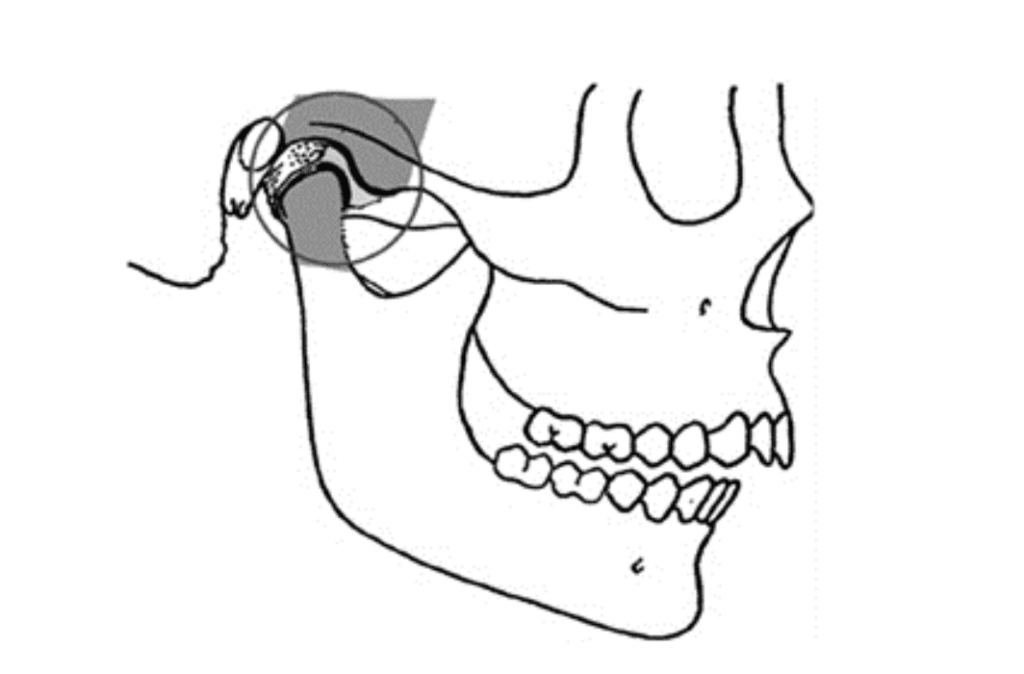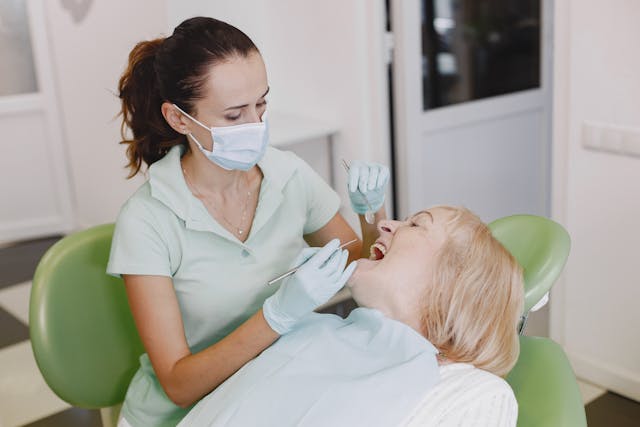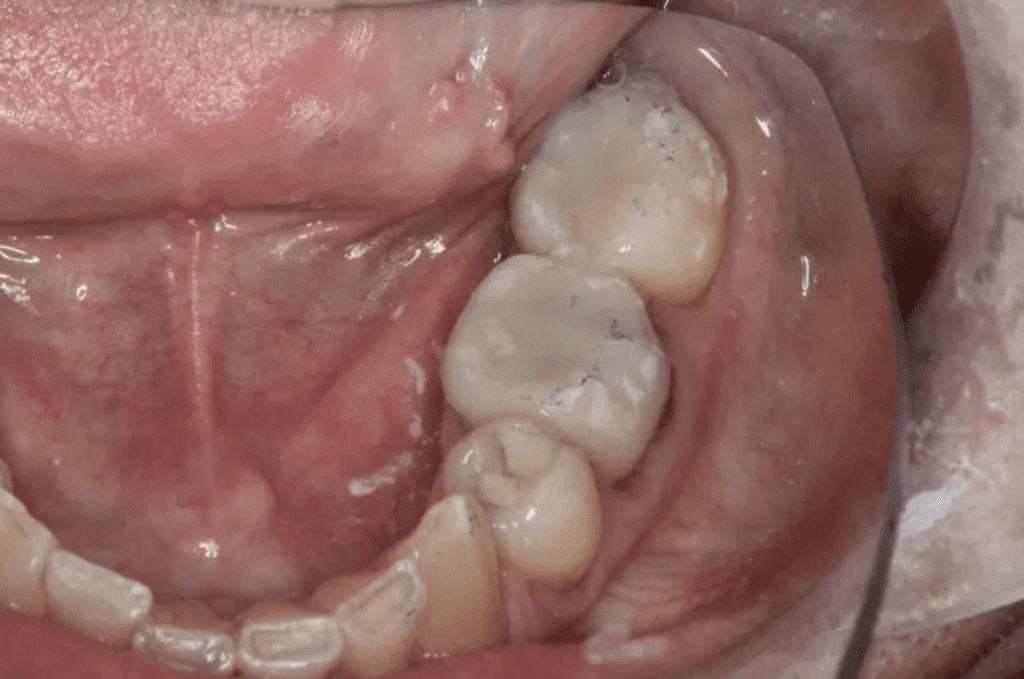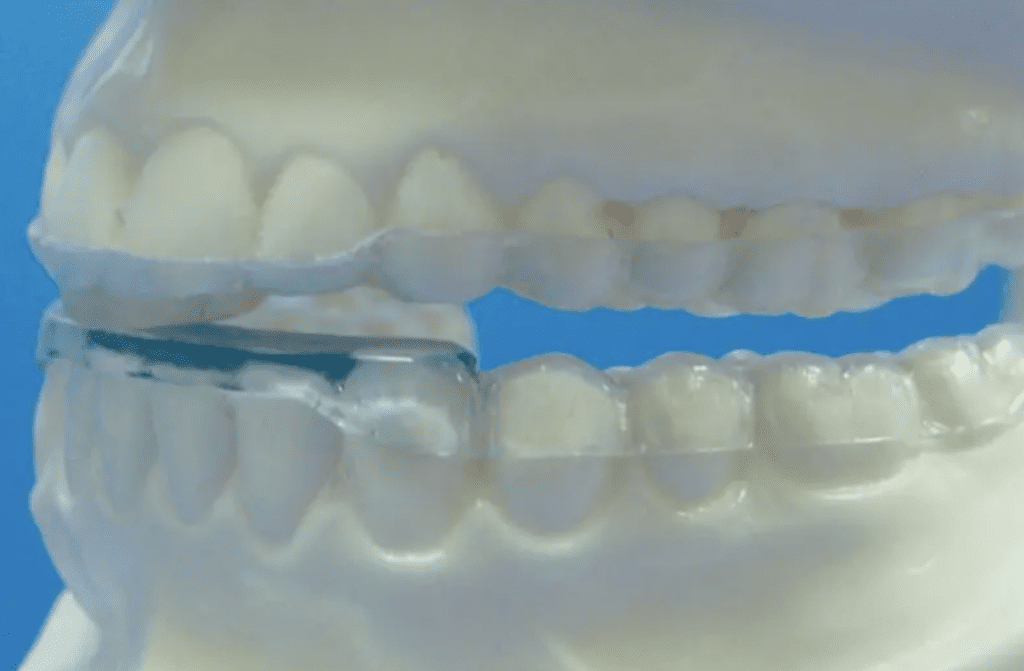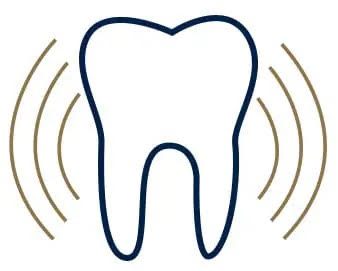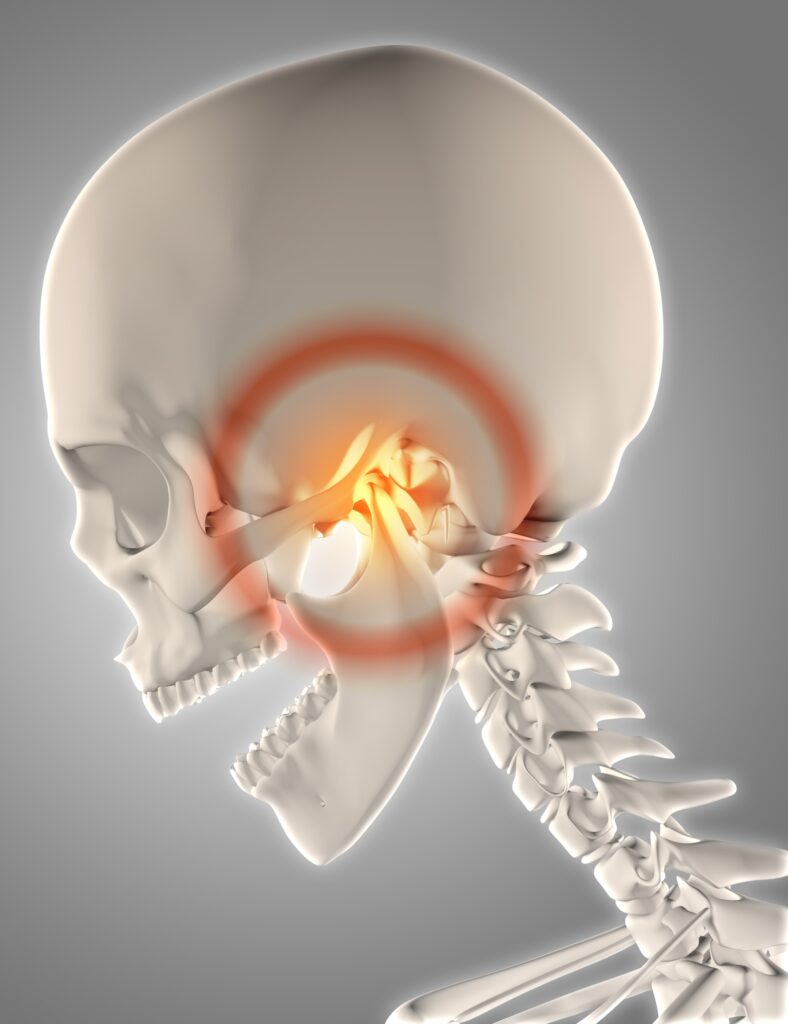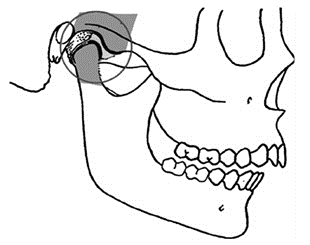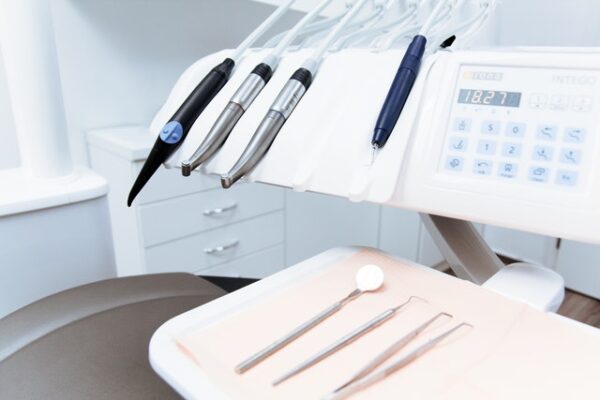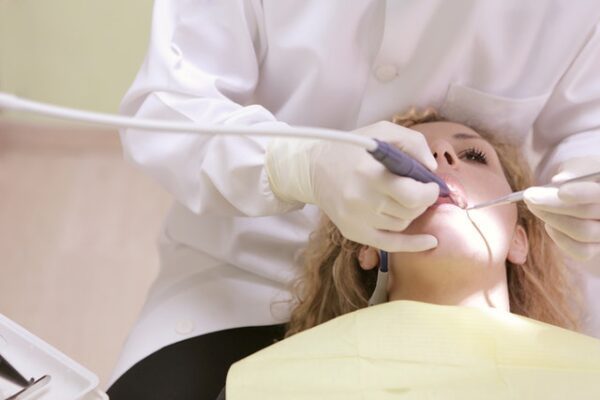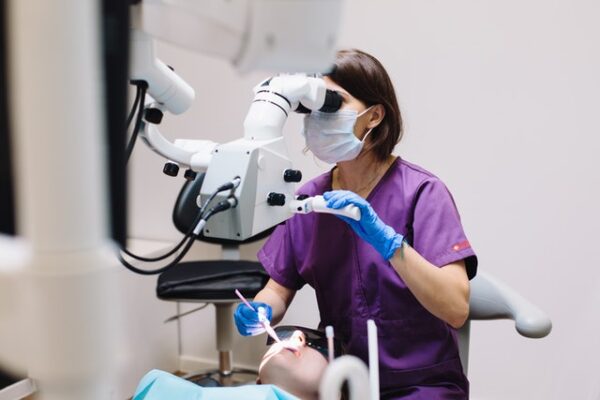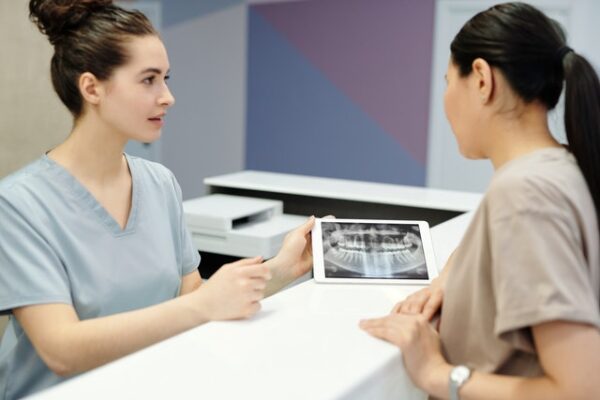![]()
Dr. Leonard Hess began teaching continuing education courses in 2005, and the topics include occlusion, smile design, treatment planning, preparation design, and practice integration of complete dentistry.
He’s taught full-day continuing education courses at the American Academy of Cosmetic Dentistry’s national meeting, The Greater New York Dental Meeting, AACD National Meeting, Pacific Dental Conference, Ontario Dental Association meeting, and The Yankee Dental Conference.
Dr. Hess also has taught courses in Japan, Germany, Poland, China, and Canada.
Dr. Hess is currently serving as the Senior Clinical Director at The Dawson Academy. He also owns Union County Center for Comprehensive Dentistry in Charlotte, North Carolina.
How Do You Know If You Achieved Centric Relation?
By: Dr. Leonard A. Hess, DDSClinical Director, The Dawson AcademyThis article originally appeared on TheDawsonAcademy.com, Dr. Hess…
TMJ 101: The Best TMD Treatment Options For Dentists
By: Dr. Leonard A. Hess, DDSClinical Director, The Dawson AcademyThis article originally appeared on TheDawsonAcademy.com, Dr. Hess…
What is Fremitus and Why Should You Check For It?
By: Dr. Leonard A. Hess, DDSClinical Director, The Dawson AcademyThis article originally appeared on TheDawsonAcademy.com, Dr. Hess allowed igniteDDS to…
Dentist Education: How Do I Predictably Prep Second Molars?
By: Dr. Leonard A. Hess, DDSClinical Director, The Dawson AcademyArticle originally appeared on TheDawsonAcademy.com, Dr. Hess allowed…
Sequencing a Full-Mouth Rehab: Anterior or Posteriors First?
The correct sequence to begin a full-mouth rehab is tobegin with the anterior teeth first, particularly the…
Q&A with Dr. Hess: Patients Who Have More Pain After Wearing a B-Splint
By: Dr. Leonard A. Hess, DDSClinical Director, The Dawson AcademyThe Article Originally Appeared on TheDawsonAcademy.com Question: What…
How to Discover Occlusal Muscle Disorders
By: Dr. Leonard A. Hess, DDSClinical Director, The Dawson AcademyThe Article Originally Appeared on TheDawsonAcademy.comLearn about Occlusion…
Considerations of Treatment Planning a Maxillary Implant Prosthesis
By: Dr. Leonard A. Hess, DDSClinical Director, The Dawson AcademyThe Article Originally Appeared on TheDawsonAcademy.comLearn about Occlusion…
How to Stabilize the Joints
By: Dr. Leonard A. Hess, DDSClinical Director, The Dawson AcademyThe Article Originally Appeared on TheDawsonAcademy.comLearn about Occlusion…
How Do You Know If You Achieved Centric Relation?
By: Dr. Leonard A. Hess, DDSClinical Director, The Dawson AcademyThe Article Originally Appeared on TheDawsonAcademy.comLearn about Occlusion…
Clinic Advice for D3s & D4s
By: Savannah Craig Starting clinic can come with a lot of conflicting feelings. It is exciting to finally be treating patients, but it can also be a stressful experience. Everyone enters clinic with a different level of confidence, skill, and a unique patient pool. Treating patients can be a very rewarding experience, but it can…
The hidden cost to acquire a dental practice
By: Bruce Bryen A dental school graduate that has worked as an associate and learned from a mentor or owner may now be looking for that first dental practice acquisition. There are many things to think through before buying a dental practice, since this is probably the largest purchase and borrowing step that has ever been…
Does Your Back Hurt? This Simple Product Can Save Your Back!
By: Amber Auger, RDH Near to my heart is helping hygienists have healthier, happier careers, and I believe it starts with an honest assessment of our health. It’s difficult to find joy at work when dealing with back pain, and sadly most hygienists report chronic pain. Previously, I’ve shared my experience working in a small…
5 Tips to Quit a Dental Practice with Grace
There are times and places when we need to move on from a dental practice because it’s the healthy thing to do. Here’s how to do that … with grace.
Advice for Applying to a GPR / AEGD Program
By: Savannah Craig A dental residency program can provide valuable in-the-field experience for recent dental school graduates. Applying for residency programs is similar to applying to dental school in many ways. But first, you’ll need to choose which kind of residency to pursue. Most residences fall into two broad categories: GPR and AEGD. What’s the…
What To Do the Summer Before Dental School
By: Savannah Craig Congratulations on your acceptance to dental school! What an incredible accomplishment! You’ve put in the time and effort, and finally, it has paid off with an offer letter from a dental school. You have probably spent the last several years working jobs, volunteering, and gaining new skills to make your dental school…
Imposter Syndrome as a Dental Student
By: Savanah Craig Imposter syndrome is an experience of believing you are not as competent as others perceive you to be. Imposter syndrome is common in high-achievers, and dental students are no exception. I believe that the hyper-competitive nature of dental school acceptance makes us, as students, even more likely to experience imposter syndrome. Imposter…
What I Wish I Knew Before Starting Dental School
By: Savanah Craig Before “Day in the Life” Instagram posts, there wasn’t a lot of information about what being in Dental School was like. I had spent many hours shadowing dentists for my application, but none of them ever talked about their four years of school. I felt confident that I could become a great…
Dental Patient Communication: Learning to meet your patients where they are
By: Savanah Craig One of the biggest challenges I face while beginning my career in dentistry is patient communication. I have spent the last 4 years learning a whole new language of technical jargon to be able to communicate with my colleagues and read research articles. However, much of my day is spent in communication…
How Much Should You Pay For Malpractice Insurance?
By: Dr. Luke Shapiro I just got off the phone with my insurance sales rep and they informed me that it would now cost me almost $11,000 to have malpractice insurance in New York City! What?! I thought I misunderstood. Is it even legal to increase malpractice by this much? Turns out it is. They…

